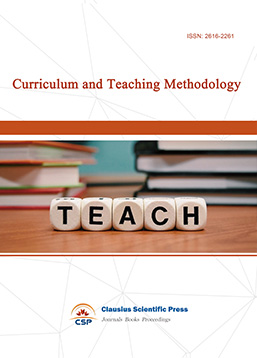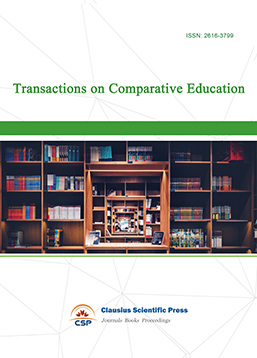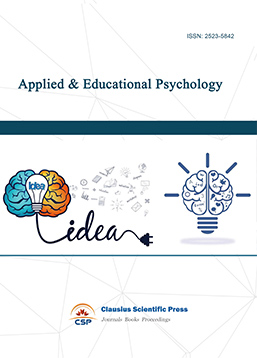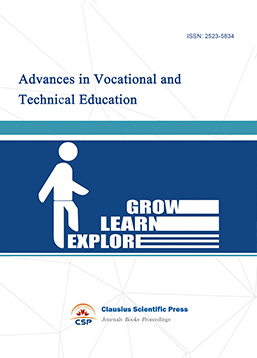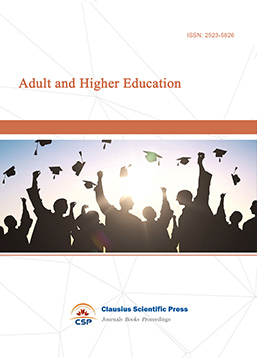Comparative Analysis of Prediction Algorithms for Surface Roughness in AI-oriented Courses
DOI: 10.23977/aetp.2025.090510 | Downloads: 14 | Views: 1013
Author(s)
Chunhua Feng 1, Ming Li 1
Affiliation(s)
1 School of Mechanical Engineering, University of Shanghai for Science and Technology, Shanghai, China
Corresponding Author
Chunhua FengABSTRACT
The integration of artificial intelligence (AI) into mechanical engineering curricula has garnered significant interest. A critical challenge lies in effectively incorporating AI technologies into foundational courses, which is essential for advancing the practical implementation of AI. In the field of machining, surface roughness serves as a crucial parameter for assessing the quality of manufactured components, influencing properties such as wear resistance, fatigue strength, and dimensional accuracy. Conventional empirical approaches struggle to accurately model the complex nonlinear dynamics involved in machining processes. As a result, data-driven intelligent prediction methods have emerged as a prominent area of research in this domain. This paper aims to investigate the effectiveness of machine learning algorithms in predicting surface roughness. Prediction models are developed using the Exponential Function (EF), Ridge Regression (RR), Gradient Boosting Regression (GBR), eXtreme Gradient Boosting (XGBoost), and Ensemble Learning based on a Genetic Algorithm (ELGA). Through the training and testing based on experimental data, the prediction accuracy and stability of various algorithms were evaluated and compared. The results demonstrate that the ELGA algorithm proposed in this paper further reduces prediction error by employing a unique global optimization strategy. Specifically, the root mean square error (RMSE) is 0.035, the mean absolute percentage error (MAPE) is 0.027, and the coefficient of determination (R²) reaches 0.955. Overall, ELGA outperforms individual machine learning models, significantly enhancing both the accuracy and robustness of predictive performance. This advancement provides an effective solution and a valuable reference for algorithm selection in high-precision surface roughness prediction.
KEYWORDS
AI-oriented courses, surface roughness prediction, ensemble learningCITE THIS PAPER
Chunhua Feng, Ming Li, Comparative Analysis of Prediction Algorithms for Surface Roughness in AI-oriented Courses. Advances in Educational Technology and Psychology (2025) Vol. 9: 65-70. DOI: http://dx.doi.org/10.23977/aetp.2025.090510.
REFERENCES
[1] Yang H, Zheng H, Zhang T. A review of artificial intelligent methods for machined surface roughness prediction. Tribology International, 2024, 199:109935.
[2] Ulkir O, Akgun G. Predicting and optimising the surface roughness of additive manufactured parts using an artificial neural network model and genetic algorithm. Science and Technology of Welding and Joining, 2023, 28(7): 548-557.
[3] Abellán-Nebot J V, Vila Pastor C, Siller H R. A review of the factors influencing surface roughness in machining and their impact on sustainability. Sustainability, 2024, 16(5): 1917.
[4] Wu P, Dai H, Li Y, et al. A physics-informed machine learning model for surface roughness prediction in milling operations. The International Journal of Advanced Manufacturing Technology, 2022, 123(11): 4065-4076.
[5] Feng C, Qin E, Li W, et al. Energy consumption and surface roughness modelling for multi-objective optimisation of machining processes. The International Journal of Advanced Manufacturing Technology, 2024, 133(9): 5065-5087.
| Downloads: | 47111 |
|---|---|
| Visits: | 2010583 |

 Download as PDF
Download as PDF